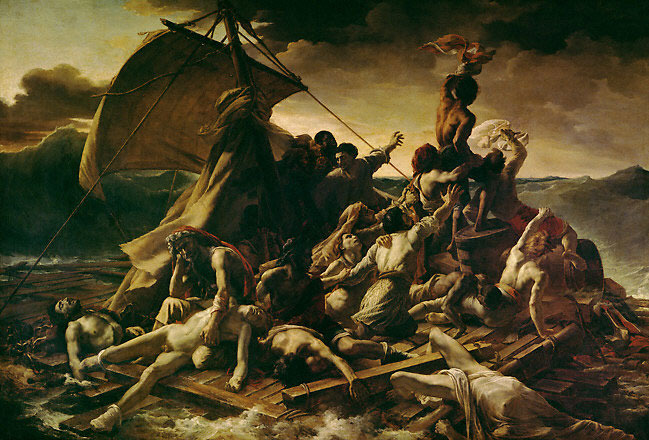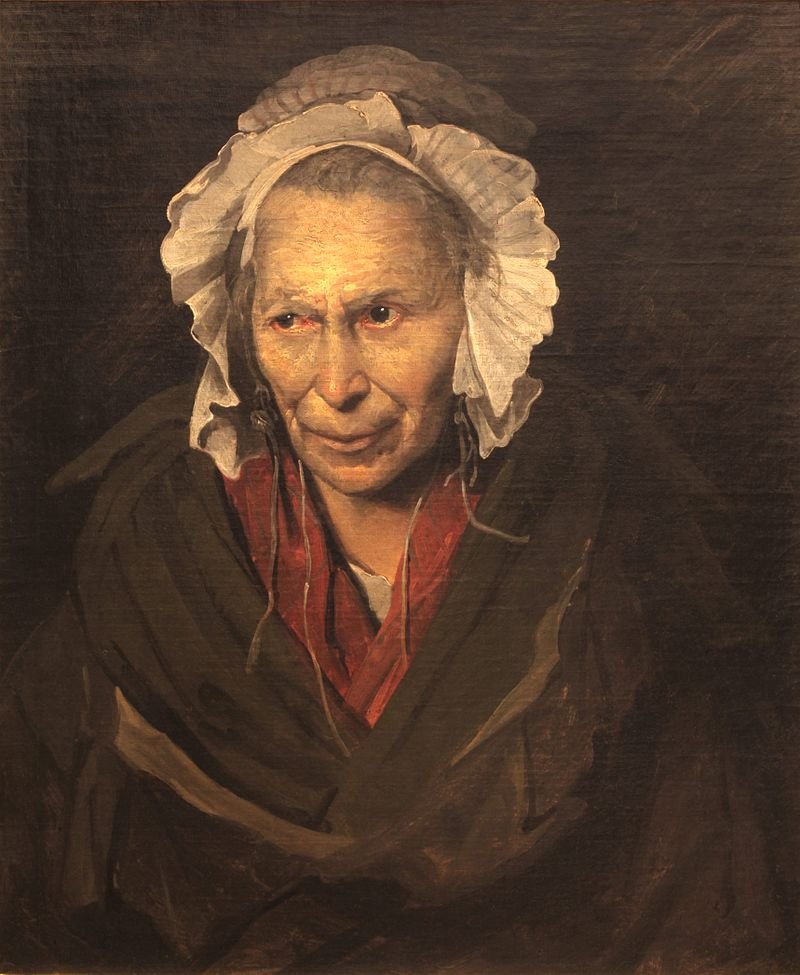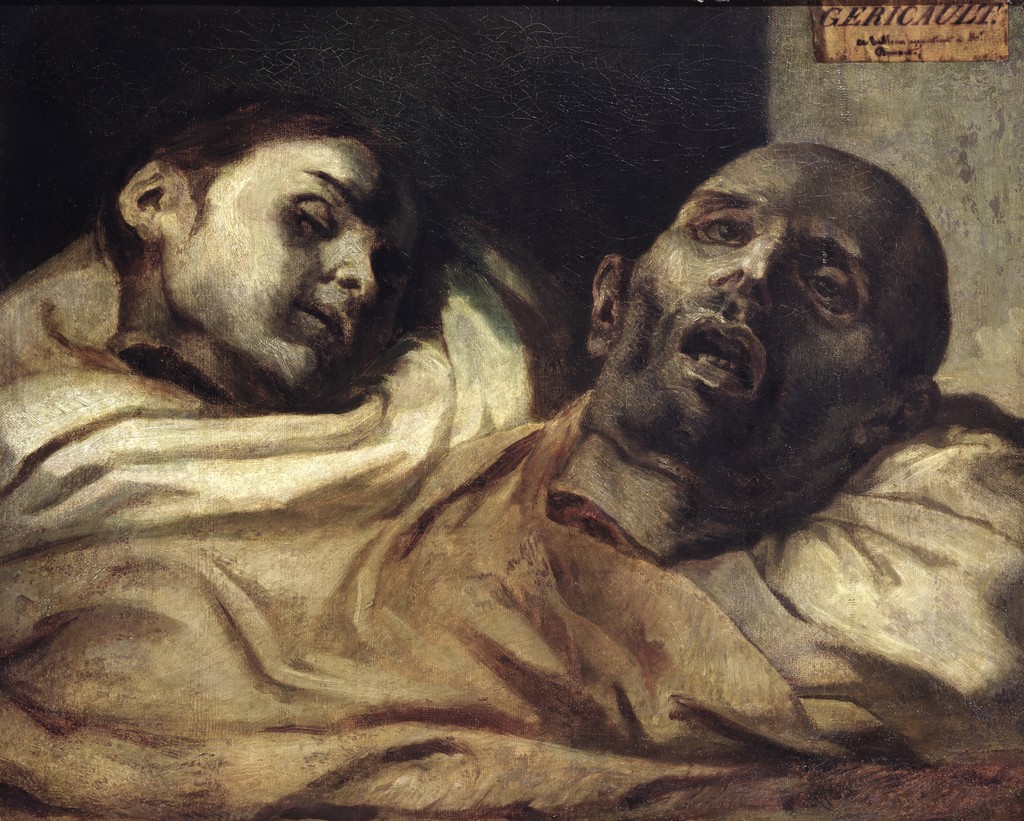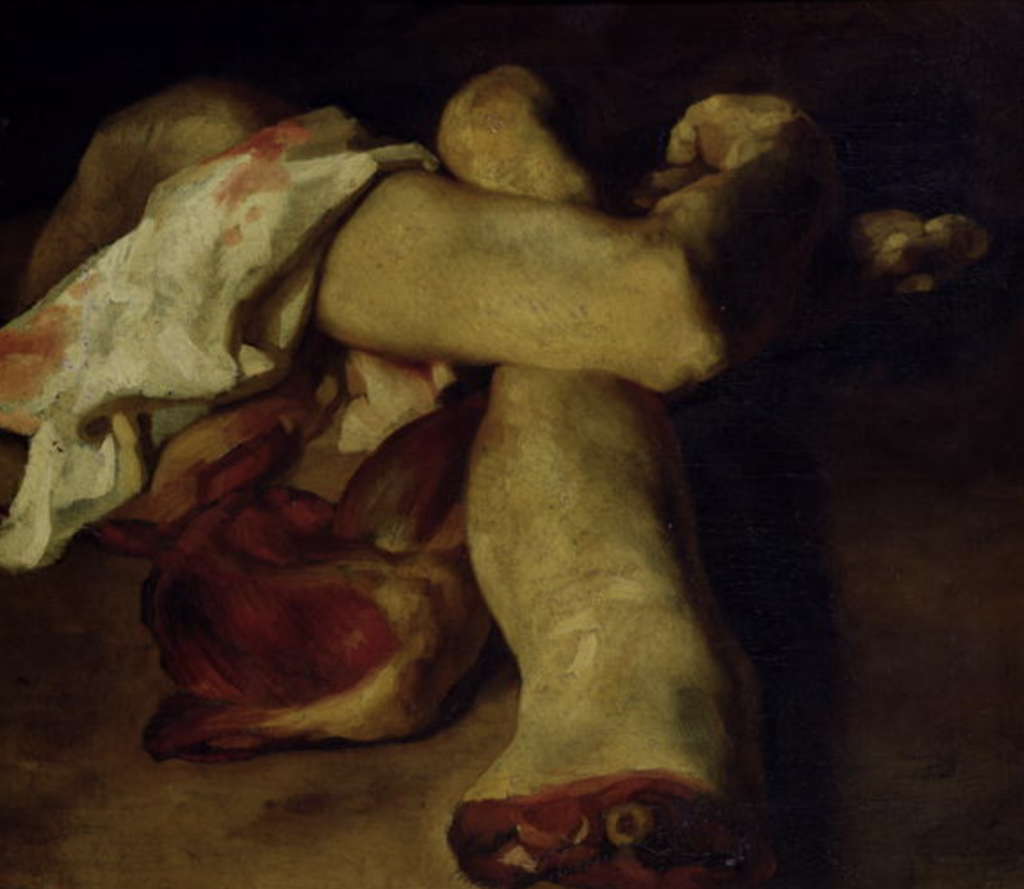Jean-Louis André Théodore Géricault was a French pioneer of romanticism in painting.
He was born to a wealthy family on September 26, 1791, in the city of Rouen, France. Coming from money, he was raised with a silver spoon, and he was allowed to pursue his passions at his leisure. By age 15, his talents were recognized, and he had the privilege of studying art seriously at the most prestigious of institutions.
However privileged, he lost both his mother and his grandmother just 4 years apart. Though, it proved to be a good enough thing, ironically, because the annuity he received, as a result, left him with enough money to live comfortably for the rest of his life. His art, as a result, was a strictly personal endeavor, and he was free to take its direction wherever he pleased.
He opened up his training with the painter Carle Vernet, who was, like Gericault, fascinated with horses. Vernet taught him the Neoclassical terms and notions, but he was not satisfied with this. Hoping for a less rigid approach to painting, he landed under the care of Pierre-Narcisse Guérin. He found it there, also meeting an equally passionate Eugéne Delacroix, who would eventually help him kickstart Romanticism.

This Romanticist style was heavily developed during his time in Italy, studying the great masters. Although he was fixated on the idea of studying and being like them, he ended up finding inspiration in the everyday life of peasant Italy. Observing accounts of peasants, outlaws, and bandits, he created some of his iconic pieces.
The work he did during this period featured dramatic, complex narratives combined with compositions that had a heavy emphasis on colour choice and lighting. These elements would go on to make up the early foundations of his Romanticism.

His most famous piece, “The Raft of the Medusa”, was his artistic take on the tragedy of the 1816 French Royal Navy frigate, the Méduse (or Medusa). The event struck outrage, politically and socially. In an attempt to save himself and the higher-ups, the unqualified captain of the ship had left 150 lower-rank sailors on a measly raft when there were no more lifeboats to spare. This resulted in murder, and unwilling cannibalism, and a vast majority of the sailors dead.
Géricault, unlike his contemporaries, wanted to depict the event in its true, horrific nature. It had won a gold medal during its exhibition at the 1819 Salon in France, but French critics were repelled by its macabre look. (As usual, when we look back in art history, it seems that critics tend to dislike anything that is even remotely shocking.)
After taking it to Britain, however, this piece was met with raging success, and it now resides in the Louvre once more.
The reason I wanted to cover Théodore Géricault was precisely what made “The Raft of the Medusa” so engaging; The gruesome, morbid depictions of human beings. He has a way of capturing people that is honest, to the point of discomfort. Near the end of his career, he painted a series called the “Monomaniacs”, and they were just portraits of people with various mental illnesses. But, within that, he captured the essence of each person so accurately, it was like you were witnessing their life story in only a photo.

I also would love to add his studies of the human body, or rather, the parts of the human body. While in the process of formulating the Medusa painting, he would visit morgues, hospitals, and even prisons to collect body parts and study them. This series of Anatomical Pieces are, frankly, uncomfortable to look at. He has the ability to truly capture death in a still image. It’s emotional, but it’s also dehumanizing to see, and it’s insane that he was able to replicate those qualities. It’s as if you were truly witnessing a photo of limbs, or heads.



Works Cited:
Anatomical Pieces by Theodore Gericault. Retrieved 20 October 2021, from http://www.theodoregericault.org/anatomical-pieces/
Britannica, T. Editors of Encyclopaedia (2021, September 22). Théodore Géricault. Encyclopedia Britannica. Retrieved 20 October 2021 from https://www.britannica.com/biography/Theodore-Gericault
Britannica, T. Editors of Encyclopaedia (2020, June 29). The Raft of the Medusa. Encyclopedia Britannica. Retrieved 20 October 2021 from https://www.britannica.com/topic/The-Raft-of-the-Medusa
DiPalma, J., & The Art Story Contributors. (2017). Théodore Géricault Biography, Life & Quotes. Retrieved 20 October 2021, from https://www.theartstory.org/artist/gericault-theodore/life-and-legacy/
jonathan5485. (2014). Théodore Géricault and Monomania. Retrieved 20 October 2021, from https://mydailyartdisplay.wordpress.com/2014/09/19/theodore-gericault-and-monomania/
Velimirović, A. (2017). Theodore Gericault. Retrieved 20 October 2021, from https://www.widewalls.ch/artists/theodore-gericault
Images Retrieved From:
https://www.artble.com/artists/theodore_gericault/paintings/the_raft_of_the_medusa
https://hyperallergic.com/331446/corpse-models-raft-medusa-gericault/
https://mydailyartdisplay.wordpress.com/2014/09/19/theodore-gericault-and-monomania/
https://www.wikiart.org/en/theodore-gericault/horse-leaving-a-stable
Ava,
Wow, excellent piece on Gericault! You bring passion and solid information to your research and writing. What more can I say but keep up this excellent work. What I also like here is more arcane information on the artist which is obviously a result of a deep dive into his life and work. I’ve given you 2/2 on your first two posts. Well Done!
Jeff